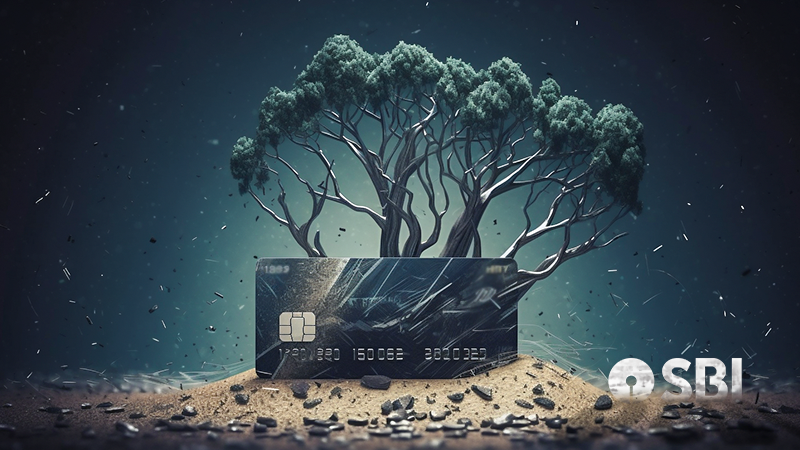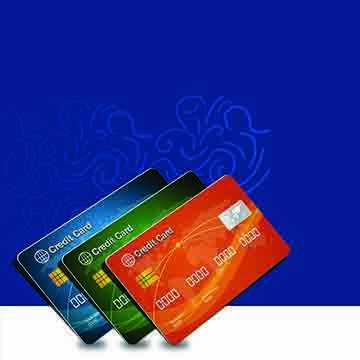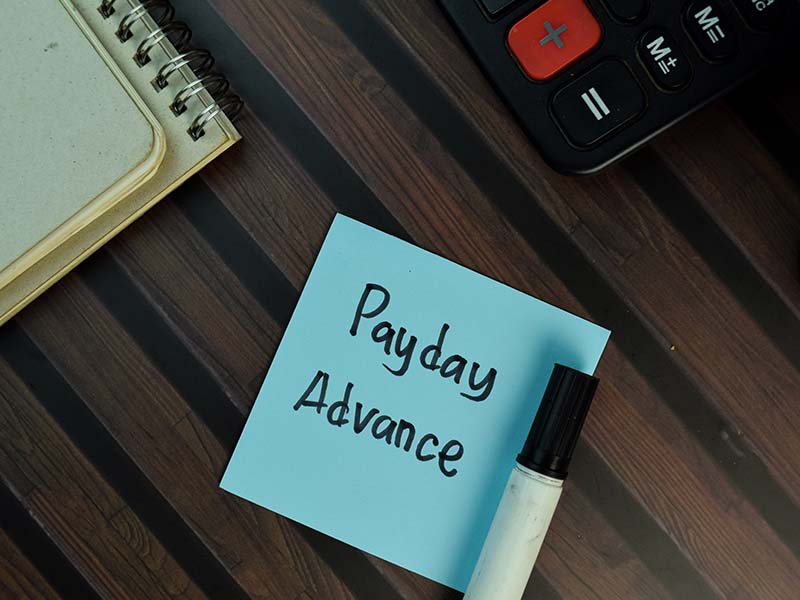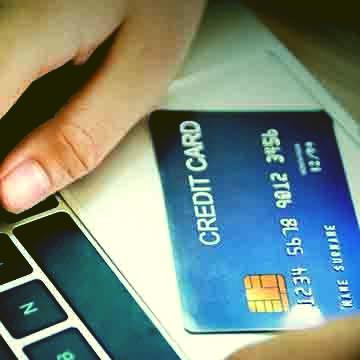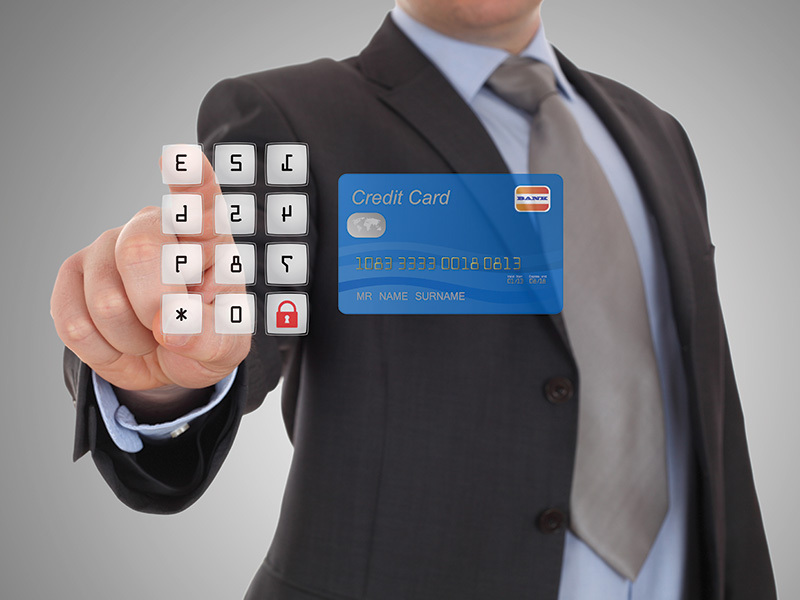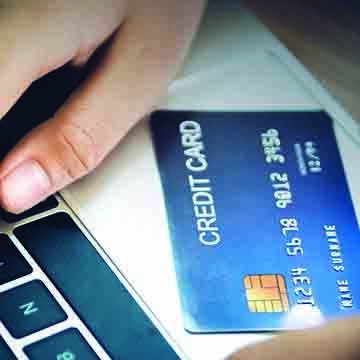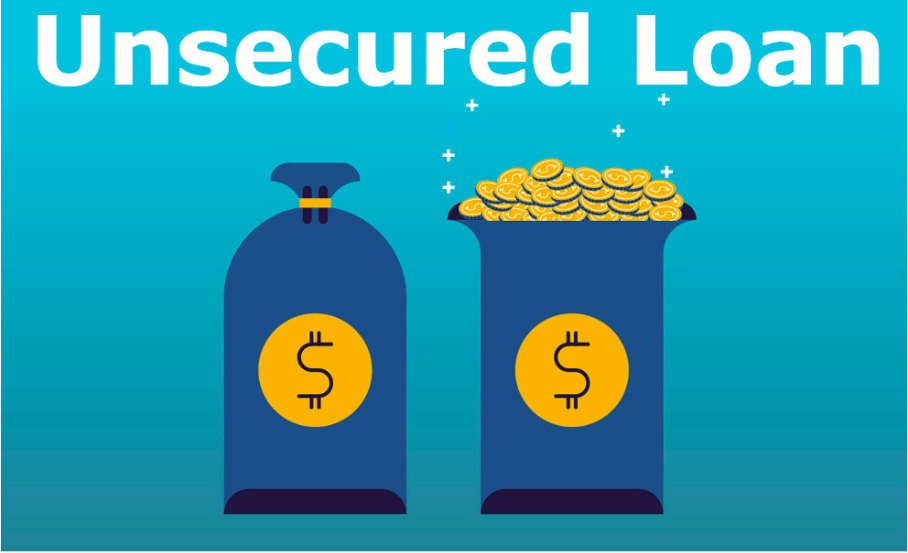
An unsecured loan is granted solely on the borrower’s creditworthiness as it does not involve any pledging of collateral as security towards possible default or non-payment of loan EMIs. These loans are commonly known as personal loans and granted to borrowers who have high credit ratings. Interest rates on unsecured loans may be fixed or could be based on an underlying base rate.
Important features of unsecured loans
Unsecured loans come with various benefits for borrowers. Listed here are some of them:
- Unsecured loans usually have an easier and faster application process. Applicants customers do not necessarily have to visit the lending bank’s branch regularly to avail an unsecured loan. These are also available on various online platforms.
- Banks have swift and short turnaround time on unsecured loan applications. This makes unsecured loans a vital financial tool to cater to emergency monetary needs.
- Borrowers don’t have to provide any collateral for availing an unsecured loan. This is the reason why unsecured loans are offered at high interest rates as compared to other loans.
- Non-requirement of collateral makes unsecured loan popular among borrowers.
- The loan amount offered on an unsecured loan depends upon the borrower’s income. Customers can fetch unsecured loans in proportion to their income.
- This loan involves a minimum documentation process. In most cases, the entire process can be conducted online.
Types of unsecured loans
Some of the commonly available unsecured loans include:
- Signature loans: These loans are one of the simplest forms of unsecured loans and can be availed by giving a signature. A borrower’s signature serves as the only security against this loan and acts as a promise to the lender for timely repayment of the entire loan amount. A signature loan can be availed from a bank or financial institution and can be paid in instalments.
- Personal loans: A personal loan is an unsecured loan which does not require the borrower to provide the reason for the requirement. This is also an instalment loan requiring the borrower to repay the loan through equated monthly instalments (EMIs) over a fixed loan tenure. Banks and financial institutions in India offer personal loans through both online and offline modes.
- Education loans: Education loan or student loan can be availed to pay education fees. These loans come with a moratorium period, during which the borrower need not repay the loan. This holiday or waiting period is generally at the start of the loan tenure. A student applicant can also avail interest rate subsidies and flexible repayment options.
- Peer-to-peer loans: These loans can be availed from individuals or peers instead of banks. These typically involve a fixed-rate interest system and are an easy way of obtaining loans. The eligibility requirements are not stringent and the interest rates on these loans are competitive.
- Instant loans: These loans are mostly granted to salaried professionals and in smaller amounts. The loan can be repaid as the borrower gets the next salary or wages. The interest rates on these loans are significantly higher than traditional loans.
How do unsecured loans work?
Unsecured loans can be either collateral-free installment loans, such as unsecured personal loans, or these can come in the form of revolving lines of credit, such as unsecured credit cards. While making an application for an unsecured loan, lenders first check the borrower’s creditworthiness and other factors like income, savings, existing debt, etc to estimate whether he/she qualifies for the same.
Although unsecured loans are mostly guaranteed through the borrower’s promise to pay, the lender can use recourse in case of non-payment of dues. Some of the actions include sending the account to a collection agency, filing a lawsuit, or reporting late payments to credit bureaus across the country. These may result in a drop in the borrower’s credit score.
Secured vs unsecured loans – know the key differences
Here are some of the main differences between secured and unsecured loans:
| Factors | Secured Loans | Unsecured Loans |
| Purpose of loan | The end usage of the loan amount is specific. It can be used for purposes such as buying a car, two-wheeler, house, etc. | Here, the end usage may not necessarily be stated to the lender. The loan can be used for anything from house renovation to medical bill payment or even for wedding expenses, etc. |
| Collateral | Secured loans are tied to a collateral that has to be offered during the application process. | Borrowers do not have to provide any collateral to avail this loan. |
| Loan default | Borrowers may lose their assets in case of loan default. | Since no collateral is offered, the borrower does not risk losing any asset in case of loan default. |
| Risk to lender | Risk of default to the lender is significantly lower. | Higher risk of default. |
| Interest rates | Interest rates are lower than unsecured loans due to lower associated risk. | Due to higher risk, interest rate on these loans are higher. |
| Loan tenure | Longer loan tenures. | Shorter loan tenures. |
Conclusion
Unsecured loans are beneficial for those who want to borrow smaller amounts of money or are in urgent need of funds. These loans are processed easily and quickly as the disbursement from the lender’s side is done within a few hours or a few days. These loans don’t need evaluation of the collateral, since the loan is approved based on the borrower’s income and credit score. If you avail too many unsecured loans within a short duration, it can indicate a lack of financial stability and therefore impact credit score in the long run.
FAQs
Most lenders set a minimum amount of a personal loan that can be borrowed. While the amount can differ across lending institutions, the average minimum personal loan amount is Rs. 30,000.
Most banks and lenders provide an average maximum unsecured loan amount of Rs. 25 lakhs. However, the loan amount granted depends on the applicant’s income and credit history.
The interest rate on unsecured loans can range from 10% to 30% or above. The applicable rate on a loan depends on the borrower’s credit history, income, and other factors.
The main disadvantages of unsecured loans are high interest rates, lower loan amounts, not easy to qualify for, etc.
A secured loan is always preferable over unsecured unless you qualify for the latter and are in urgent need of finances. With a secured loan, you can avail higher loan amounts for longer tenures and low interest rates.















